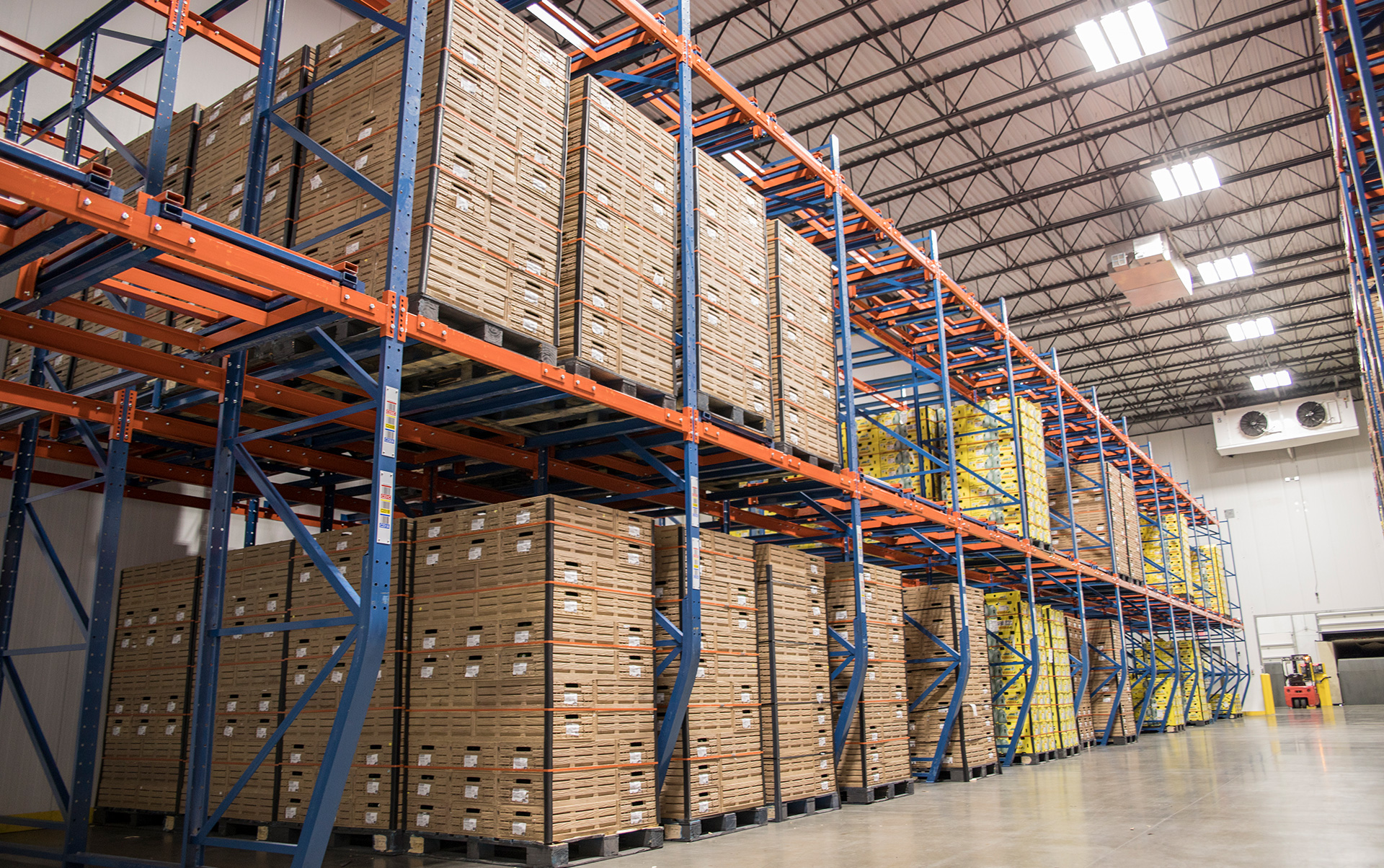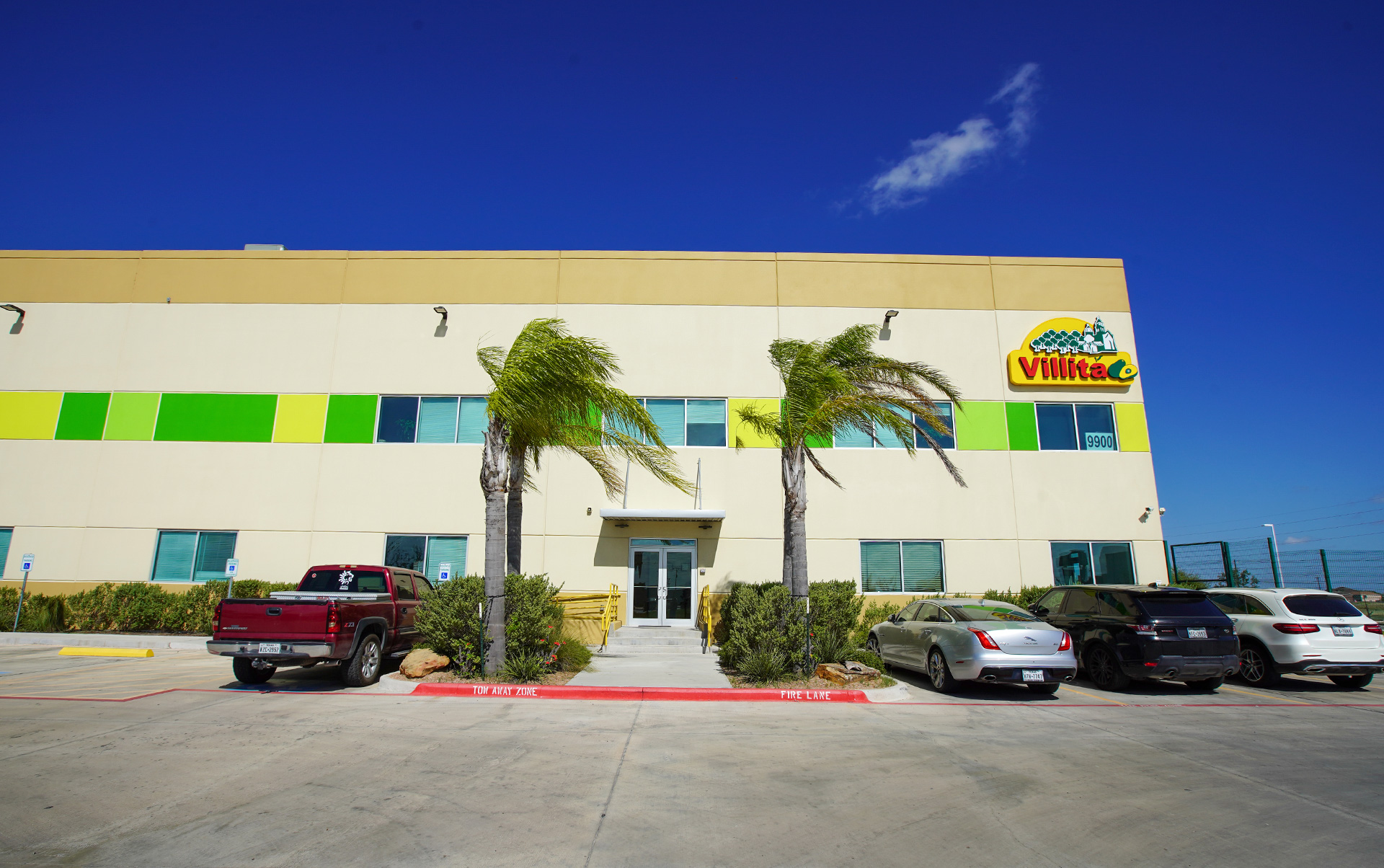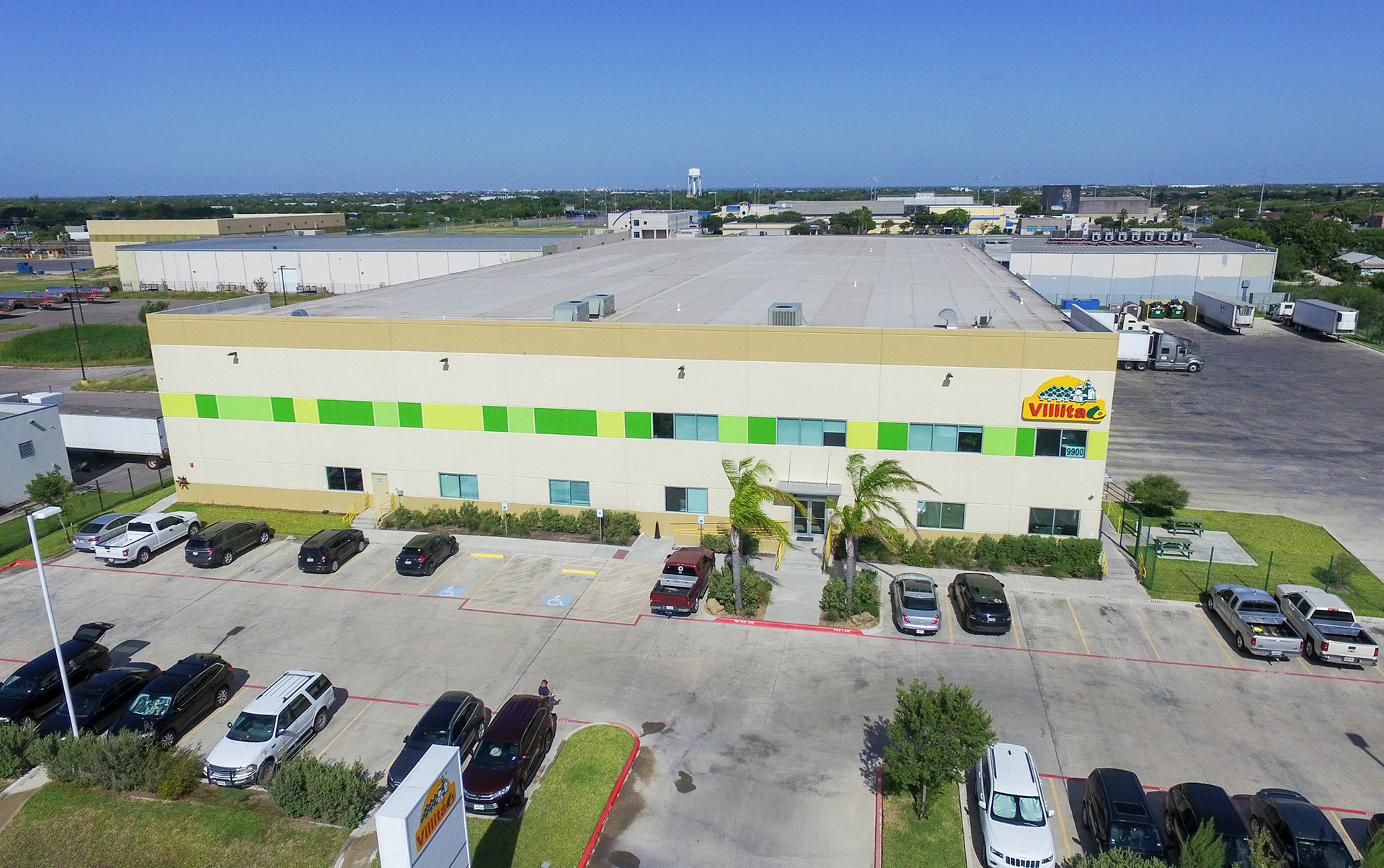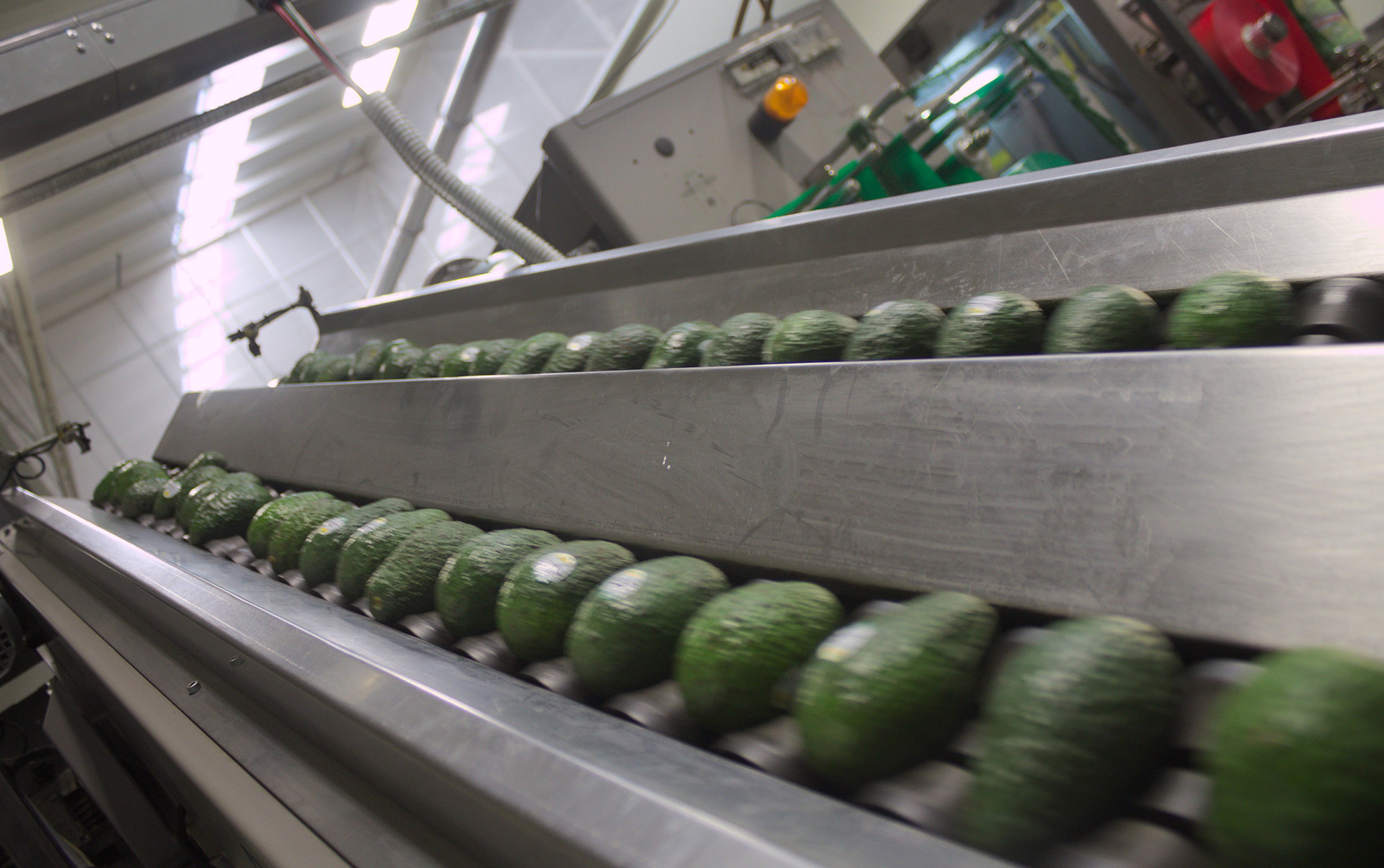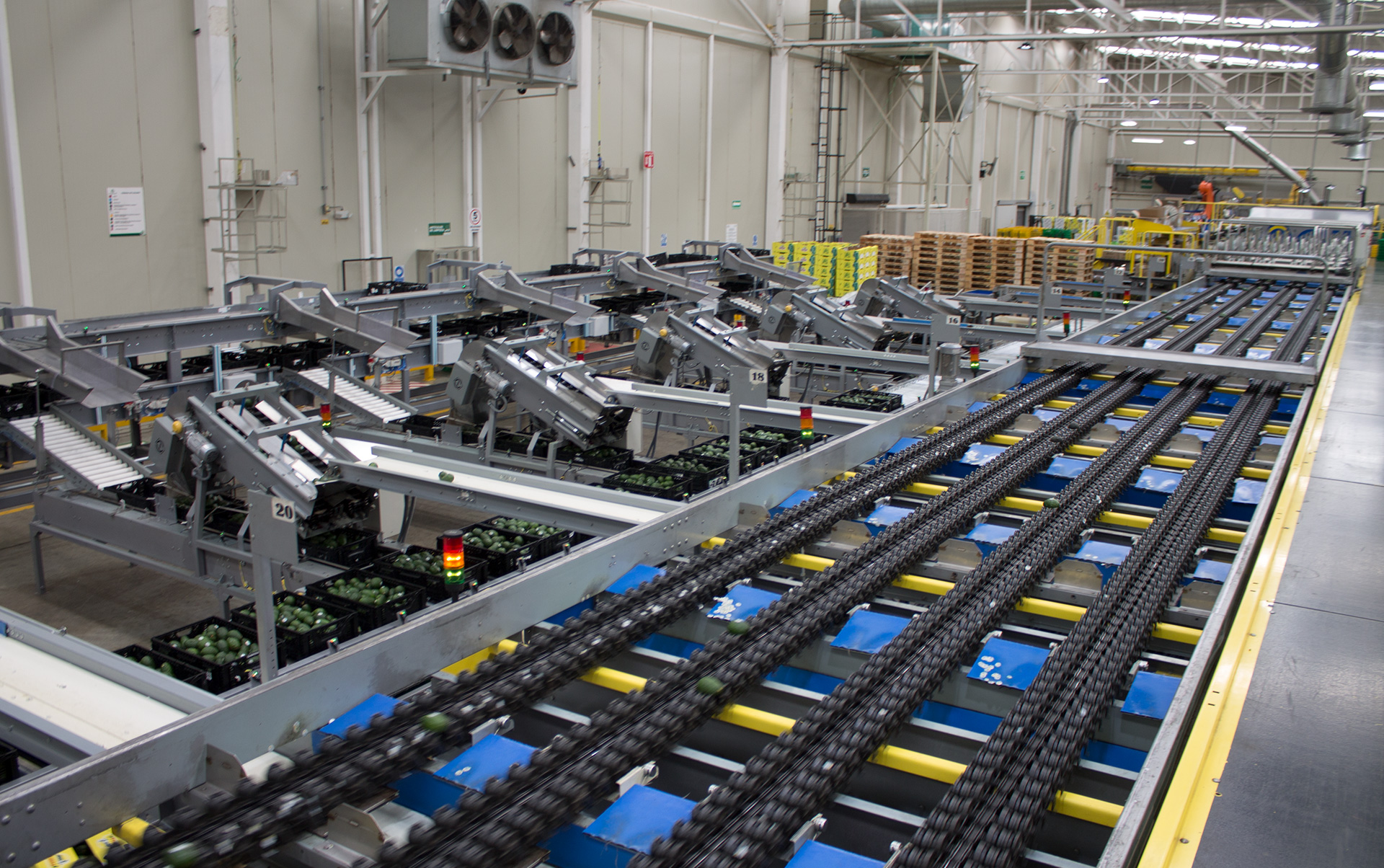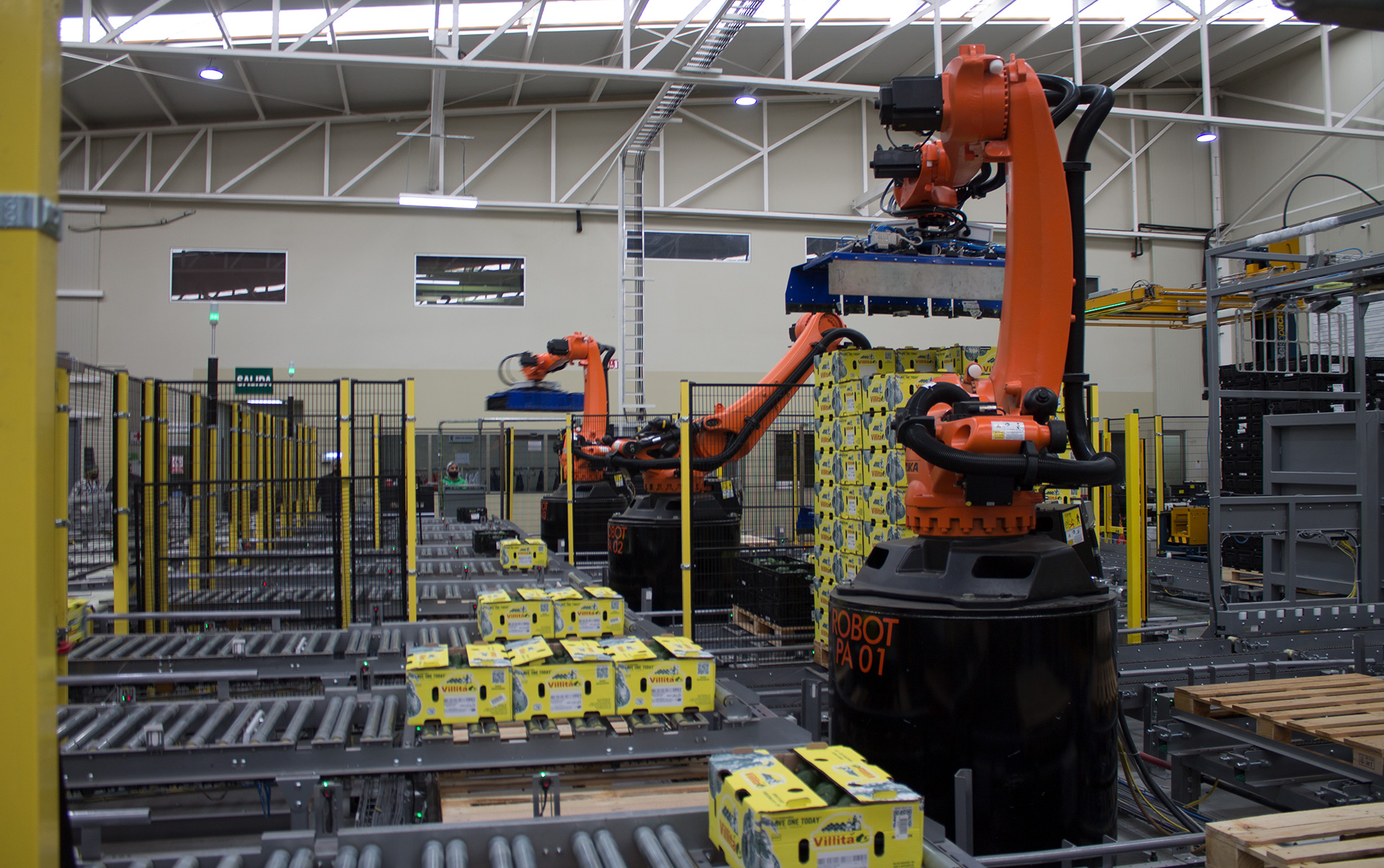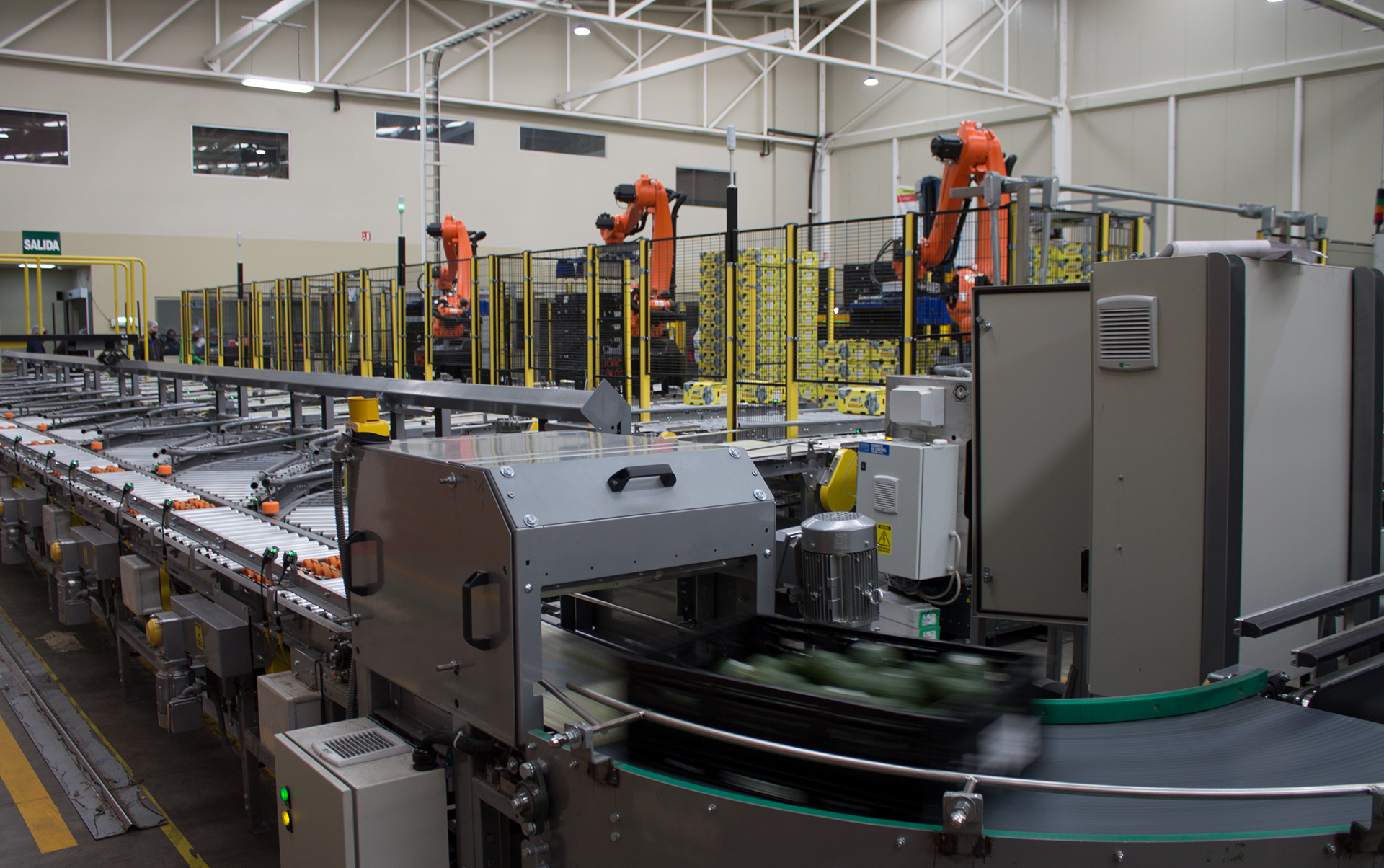
Avocados must be stored at a temperature as close as possible to it’s shipping temperature.
The shipping temperature shall not exceed 2°F from it’s previous storage temperature and shall not be lower than 4°F of it’s previous storage temperature.
Therefore, the shipping temperatures must remain constant.
The Distribution Centers are not rippening centers unless this is specifically requested by customer or shipper.
Once the product is delivered, the product must be stored as shown:
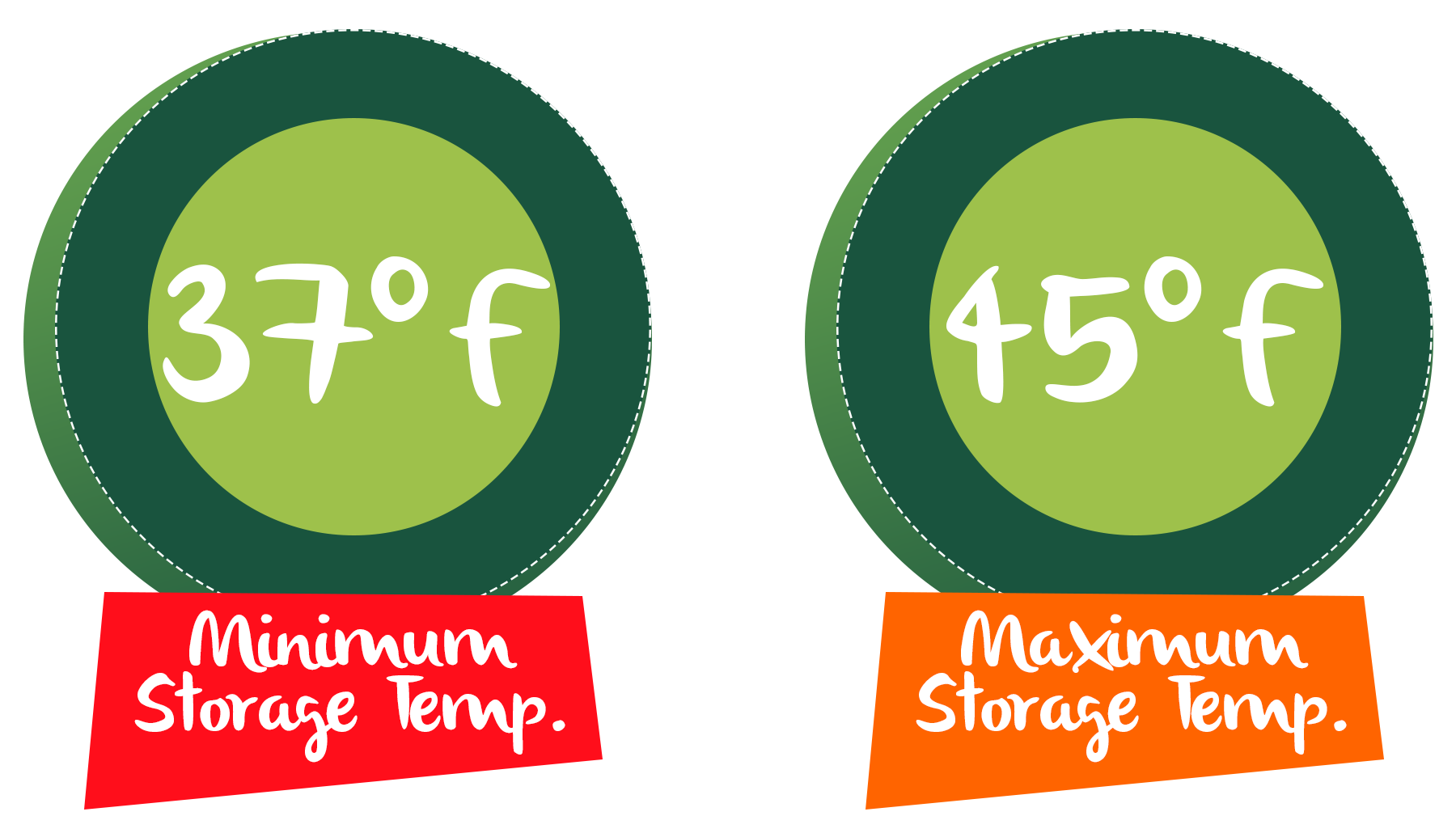
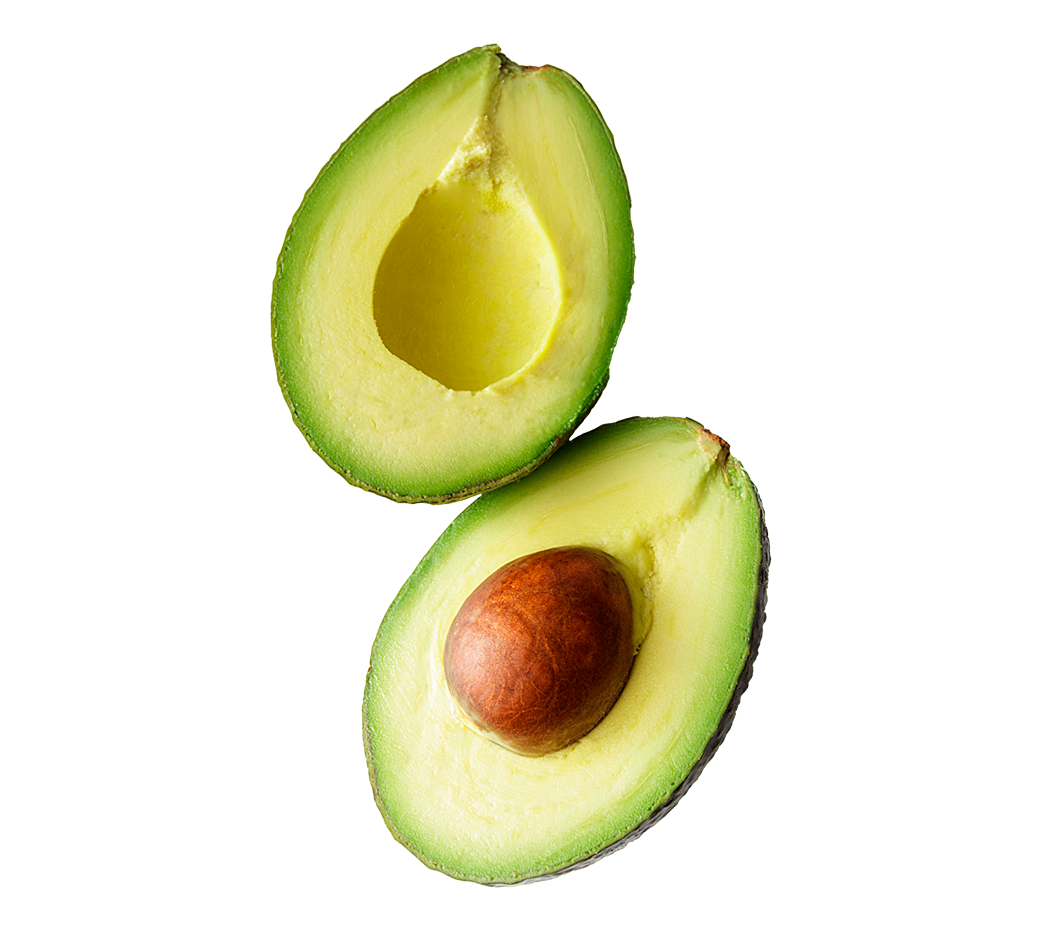
Avocados should not be stored next to any other fruit or vegetable.

It is important to make sure that avocados are not stored or placed near any ethylene producing product.
Regularly inspect cooling roms for gas buildup and ethylene.
Frequent ventilation with fresh air should also be done to prevent the build-up of gases, especially ethylene.
In order to prevent gas accumulation, as described above, no internal combustion engine should be operated in or near refrigerators.
Trucks that are parked at the loading dock waiting to be unloaded, should not be running when the dock doors are opened.
The truck drivers must turn off their engines to allow for the dispersion of emissions gases.
As per company policy the DC’s operating Personnel must receive appropiate tranning and attend industry approved workshops about avocado handling requirements.

Fruit of different origins, ripeness, shipping temperatures, and different harvest times will react differently, only uniform fruit groups should be treated at the same time.
It is important to ripen the fruit slowly, which means that you must ensure that the ripening temperatures are not too high. Any attempt to ripen the fruit too quickly may result in physiological disturbances and ripening.
The temperature of cooling rooms must be 65°F to 68°F. Higher temperatures speed up the ripening rate, but also these increases the
risk of pathogens, such as peduncle rot. Also increases the risk of vascular darkening, and body rot resulting from anthracnose.
Higher temperatures may cuase poor avocado ripeness and non- uniform ripening.
Temperatures lower than 65°F to 68°F minimize these risks, but tend to result in poor color development. Consumers often do not have the ability to judge ripeness properly.
Adequate ventilation is needed to prevent excessive accumulation of gases, especially CO2. High CO2 levels inhibit ripening and increase the potential for internal disorders such as gray pulp, as well as the development of pathological disorders such as anthracnose rot.
The ripening timing, the number of days during which the fruit should be allowed to ripen, depends on the ripeness of the fruit, which is strongly indicated by the fruit’s dry matter.
How can
WE HELP YOU?
If you have any questions, please send us an email.


